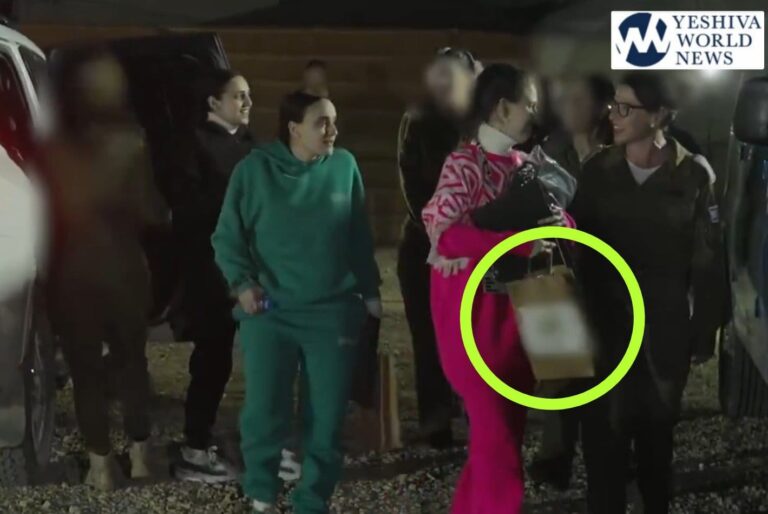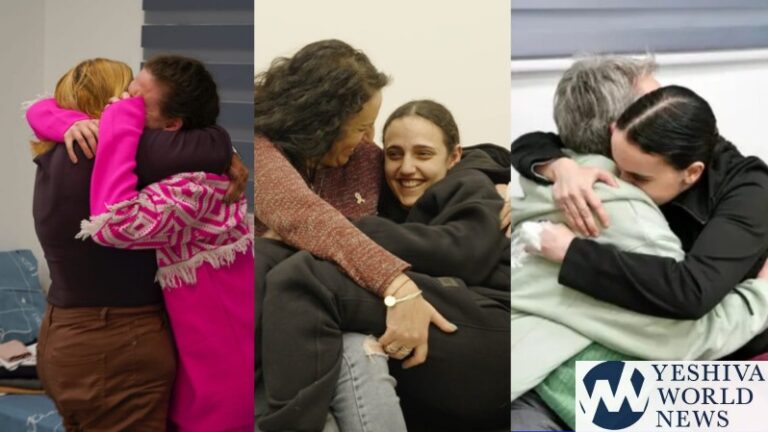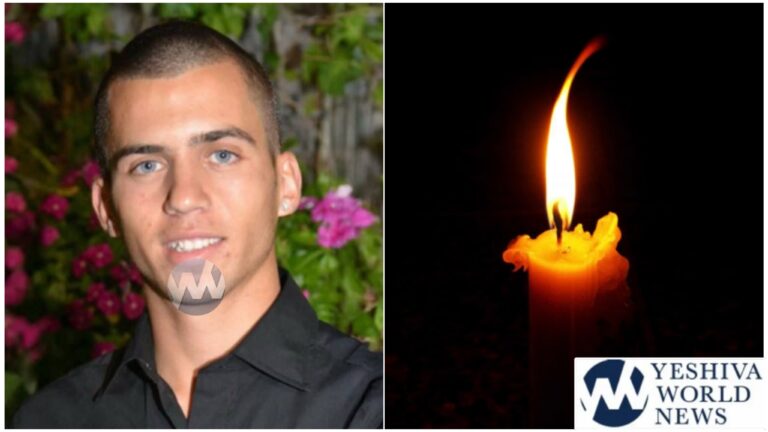 Lower Back Pain:
Lower Back Pain:
Lower back pain (LBP) levies a heavy toll upon men and women alike. . Roughly 70% of all people will experience one bout of lower back pain in their lifetime, with many experiencing repeated bouts or even chronic back pain. Although we are all tempted to take anti-inflammatory or muscle relaxants, exercise can both prevent, help or completely cure LBP. LBP typically is located in the lumbar region of the spine, with L4 and L5 being the most commonplace. Undoubtedly, you have probably heard of slipped, herniated, shattered, protruding and crushed disja – all of which are manifestations of LBP. What brings on these conditions, and how can they be corrected, and possibly even prevented, in the first place?
The main causes of LBP are weak abdominal muscles, tight hamstring muscles, poor posture and stress. Many times, LBP is the result of a biomechanical dysfunction resulting from flat feet, and often can be corrected with a pair of good, functional orthotics.
Also, a simple thing like a worn-out pair of shoes can bring on back discomfort. Prevention of LBP includes a well-balanced exercise program which encompasses flexibility training (stretching) and abdominal strengthening. And aerobic exercise is known, amongst its many benefits, to be a great stress-reducer. Being overweight is also a risk factor as is smoking.
Many years ago, the common approach to treating LBP was to prescribe bedrest. There is now strong evidence that this treatment is ineffective. Studies have shown that bedrest of more than 2-4 days can cause muscles to begin to weaken, and can actually delay recovery. The current thinking is that a person with LBP should be physically active. Walking, even if it somewhat painful, is considered essential.
Osteoporosis:
It’s silent, it’s progressive and it can be disabling. 200 million people worldwide have it. Women develop it four times as often as men do. And the older you are, the greater the risk of developing it. We’re talking about osteoporosis.
Bone is a complex living tissue. It provides structural support for muscles, protects vital organs and stores calcium which is essential for bone density and strength. Bone is constantly “remodeling”, meaning that old bone is broken down and new bone is deposited. This is a constant and ongoing process. At about age 45 –50, more old bone is broken down than is replaced. This process is accelerated in menopausal women as they lose the protection that estrogen had given them previously. The earlier a woman experiences menopause, the greater the risk of osteoporosis.
The best strategy for preventing osteoporosis is to build strong bones, especially before the age of 35. This will reduce bone loss later in life.
Both strength training (weights) and weight-bearing aerobic exercise (brisk walking, jogging, skipping rope or running) are essential to prevent osteoporosis and help reduce further bone loss in those who already have the disease. The strength training us essential for the bones in the upper body while the weight-bearing exercises are necessary for the bones in the lower extremities.
In Conclusion:
We haven’t yet found the magic pill that our society is forever seeking.. But the closest thing we have to it is a good, well-rounded exercise program. Whether it is to prevent, cure or improve any of the many diseases and illnesses to which we are all subject, or just to reduce our stress and feel better about life, exercise is something that is a must for everyone, no matter your age, gender or weight. Let your doctor include exercise in his/her prescription for almost anything that may bother you. Take the important mitzvah of “V’nishmartem me’od l’nafshoseichem” seriously by exercising regularly. Exercising on a steady basis will “add hours to your day, days to your year and years to your life.”
For previous columns, click HERE.
Alan Freishtat is an A.C.E. CERTIFIED PERSONAL TRAINER and a LIFESTYLE FITNESS COACH with over 10 years of professional experience. He is the co-director of the Jerusalem-based weight loss center Lose It! along with Linda Holtz M.A and is available for private consultations, assessments and personalized workout programs. Alan also lectures and gives seminars and workshops. He can be reached at 02-651-8502 or 050-555-7175, or by email at [email protected].
(Alan Freishtat – YWN)











One Response
Oh my tell me about it. I can’t begin to stress what being overweight, not exercising, and tension or stress can do to a person’s lower back. The pain is excruciating. And all you have to do is lose weight and walk (yeah right, I’m talking to myself).